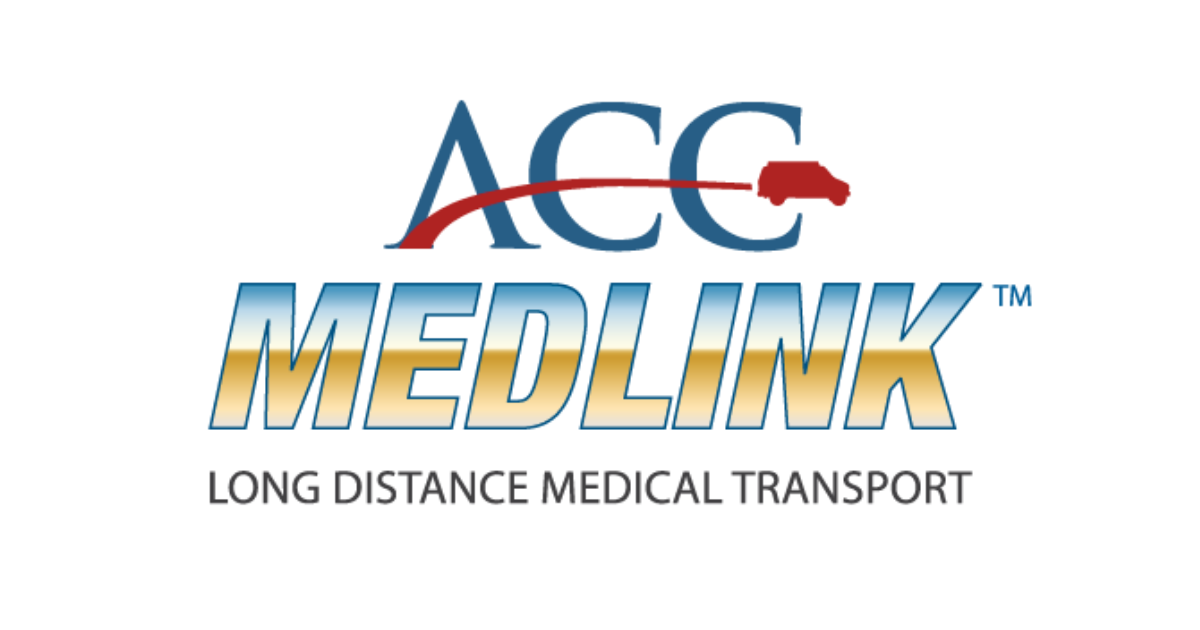Guide to the Patient Transfer Process for Patients and Loved Ones
When you or a loved one suffers an illness or injury, the initial treatment center is not always the final stop. According to the National Institute of Health, it has become increasingly common for a physician or facility to initiate a patient transfer in the interest of efficiency.
What Is a Patient Transfer?
A patient transfer occurs when medical professionals determine that a patient would be better served at another treatment center. Many types of transfers occur across the country, including:
-
Prison-to-prison and prison-to-hospital transfers
-
Transfers from one hospital to another
-
Transfers from hospitals to nursing homes or assisted living facilities
-
Transfers from hospitals to rehabilitation centers
-
Transfers from one home to another
Medical facilities and other organizations can transport a transfer patient in numerous ways. For short distances, one facility or another often arranges for ambulance travel. However, a long distance patient transfer might require an air ambulance or similar service.
Why Are Patient Transfers Necessary?
Doctors and other medical personnel transfer patients to provide access to improved treatment, to bring a patient closer to his or her friends and family, or to begin another phase of treatment. For example, a senior citizen might recover from a stroke faster when he or she is transferred to a rehabilitation center for physical and occupational therapy.
How Does a Patient Transfer Work?
The facility or physician informs the patient and his or her family of the upcoming transfer. At that time, the family should decide how the patient should be transported. Doctors and other medical personnel assist patients and loved ones with these important decisions.
Patients often feel more secure if family members travel with them. When the patient is using an ambulance or air ambulance, most services allow one or two passengers to ride along. However, there is rarely room for significant luggage or personal effects.
The patient should fill out all requested forms before undergoing interfacility medical transports. These might include a medical history, a liability waiver, and other documents to ensure proper care. It might also be necessary to complete admittance paperwork for the destination facility. Since an inter-facility patient transfer is different for every individual, patients should voice all questions prior to the date of transfer.
Preparation makes the process much easier and less stressful. It helps to remember that the professionals facilitating patient transfers are experienced, knowledgeable, compassionate, and are willing to help patients make decisions and prepare for the journey.
If you need a more specific information about a long distance patient transfer please fill out our quote form, read our What to Expect Guide or call (800) 550-1025 and one of our transport specialist will be there to assist you.
